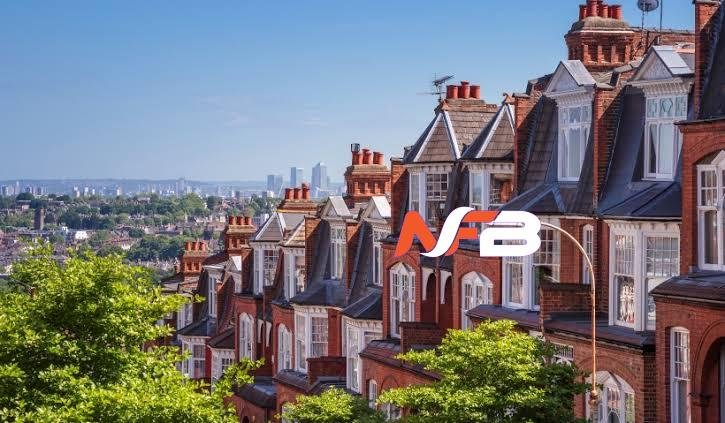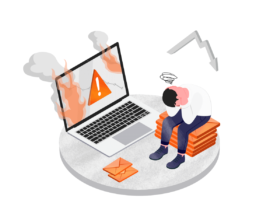Looking to buy a house in Southwest London? This vibrant area of the capital offers a mix of modern apartments, Victorian homes, and a variety of family-friendly amenities. Here’s a comprehensive guide to help you navigate the process of purchasing property in this dynamic part of London.
1. Assess Your Readiness to Buy
Before you start house hunting, consider whether it’s the right time for you to buy. Experts, including Battersea estate agents say, recent trends show a slight decrease in house prices and mortgage rates, while rental prices have risen sharply. For instance, rents in Wandsworth have increased by an average of £150 per month. Determine if your motivation to buy now is driven by a pressing need, such as a job relocation, school application, or the need for more space. Also, think about the implications of buying and selling simultaneously and how it may impact your lifestyle and stress levels.
2. Determine Your Budget
Know your spending limits. Calculate what you can afford to put down as a deposit and the monthly mortgage payments, as well as the other expenses involved in moving house. If you are also selling somewhere, work out what it is worth in today’s market. Take a look at some of the mortgage offers available and speak with a mortgage advisor about what interest you’ll be paying and the pros and cons of fixed and variable rates.
Obtain a mortgage in principle in order to strengthen your buying position. Typically, deposits need to be from 5% to 20% of the property price, but larger deposits will often get you more competitive rates for borrowing. Conveyancing fees, stamp duty, removal expenses, and mortgage arrangement fees are some of the additional moving costs involved. Moving expenses, for example, could be from £400 to £1,800, and an estate agent will usually charge between 1% and 3% of the selling price plus VAT.
3. Choose Your Preferred Location
Southwest London offers diverse neighbourhoods, each with its unique charm. Property experts, including Nine Elms Letting Agents say it is important to prioritise your needs, such as proximity to good schools, transport links, green spaces, or a lively community atmosphere. Consider whether you prefer a period property, a modern home, or a new build.
Areas like Clapham, Battersea, and Balham are popular for their excellent transport links, including the Northern Line and Clapham Junction Station, which offers direct access to London Victoria and Gatwick Airport. For families, areas like Earlsfield and Streatham provide a friendly community vibe with local shops and cafes.
4. View Properties with a Critical Eye
When viewing potential homes, pay attention to key details:
- Damp and Mould: Look for watermarks, a musty smell, and deteriorating plaster.
- Structural Issues: Inspect the roof, windows, and walls for cracks or bowing.
- Storage Space: Ensure there’s adequate space for your belongings.
- Room Size: Confirm the rooms meet your space requirements, especially for home working.
- Energy Performance: Check the EPC rating for potential energy costs.
- House Aspect: Note the orientation for natural light.
- Plumbing and Heating: Test water pressure and inquire about pipe insulation.
- Soundproofing: Assess noise levels from neighboring properties.
5. Making an Offer
Once you find a property, research similar homes to understand market prices. Ensure your budget is accurate and secure a mortgage in principle. Promote yourself as a good buyer, especially if you’re a first-time or cash buyer. Make your initial offer through the estate agent and be prepared to negotiate within your budget constraints.
6. Finding a Conveyancer
After your offer is accepted, you’ll need a solicitor or licensed conveyancer for the legal aspects of the purchase. They handle legal advice, communications with the seller’s solicitor, local searches, and the Land Registry process. Recommendations from lenders, mortgage brokers, friends, and family can help you find a reliable conveyancer. Compare prices and check their experience, especially if you’re buying a leasehold property.
7. Conducting a Property Survey
Booking a survey is essential to uncover potential issues with the property. Choose from:
- RICS Level 1 Home Survey: A basic survey highlighting visible faults.
- RICS Level 2 Survey: A detailed inspection suitable for newer properties, including recommendations.
- RICS Level 3 Survey: An in-depth survey for older or unusual properties, with detailed defect analysis and cost estimates.
Your mortgage lender will also require a valuation survey.
8. Exchanging Contracts
Once surveys and searches are complete, your conveyancer will arrange the exchange of contracts, making the sale legally binding. At this point, you pay your deposit and set a completion date, usually two to four weeks later. Arrange building insurance and book a removal firm during this time.
9. Completion Day
On completion day, you pay the remaining balance and receive the keys to your new home. If you’re selling, ensure your old property is vacated and cleaned. Your solicitor will transfer the property deeds to your name and settle their fees along with the stamp duty payment.
By following these steps, you’ll be well-prepared to navigate the exciting journey of buying a home in Southwest London, ensuring a smooth and successful property purchase.













Leave a Reply